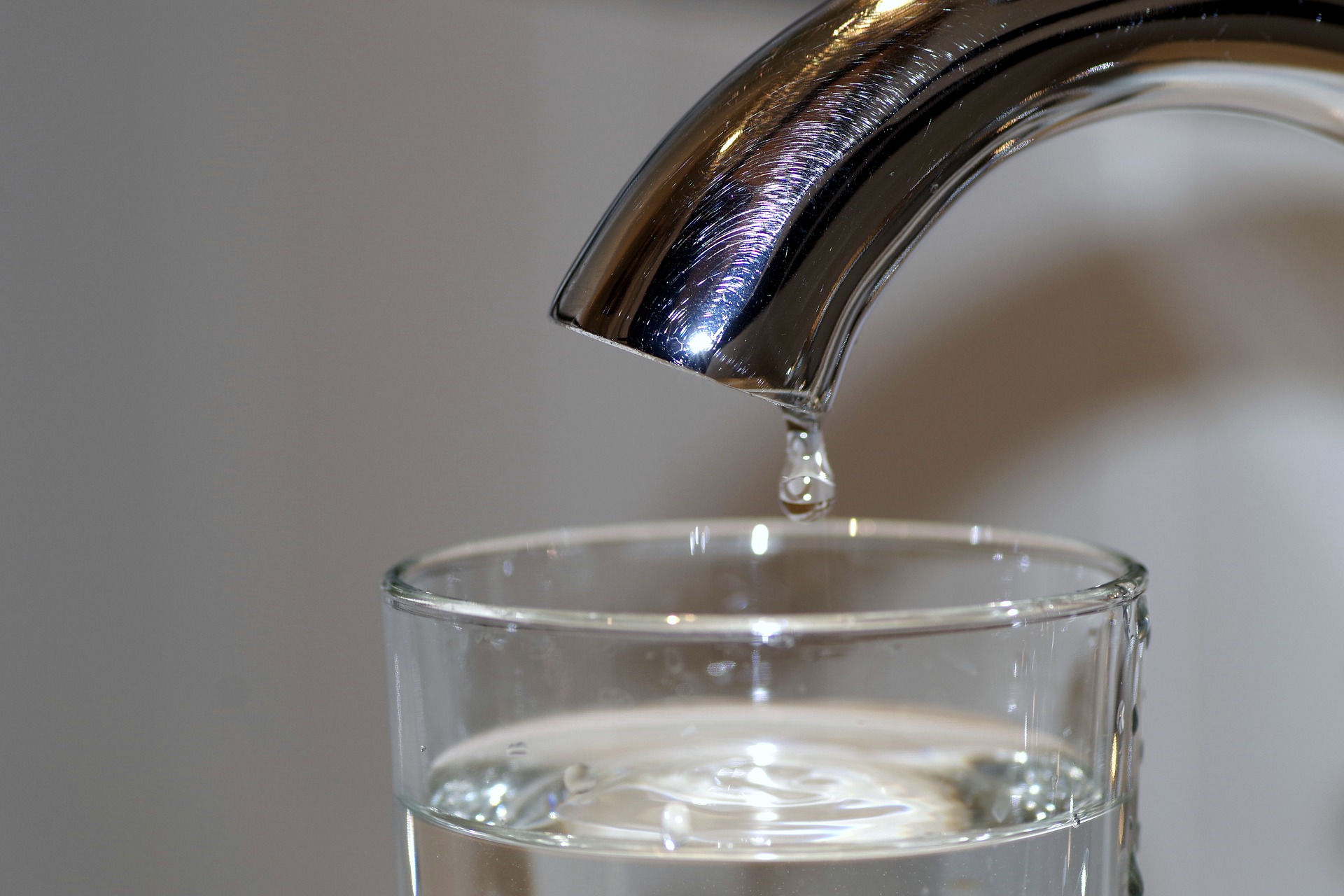
From water metering, to mechanical solutions or even rainwater collection, there are several ways to help conserve water. Saving water at home is possible and it not only helps the environment but it helps lower the total value of the water utility bills. For those who are concerned with environmental protection, these plumbing tips for saving water can be used to reduce water use per person and improve home water efficiency.
A water meter
If your home didn’t come with a water meter, installing one can be a powerful tool for encouraging water conservation. Having a clear image of the level of consumption (and waste) determines many people to take additional steps toward saving water at home. A plumber licensed by the Plumbing Society can help you install a proper water meter in your home.
Look for hidden leaks
Leaking pipes, faucets or toilet bowls are a leading cause for water waste in homes. While some leaks are obvious, other can be hidden and you will need to look for other signs such as abnormal water consumption shown on the water meter or perhaps counter top swelling if the leakage is in the kitchen. Leaky faucets that drip once every second can lead to important water waste each day.
Replace and upgrade
Standard toilets are among the most important water consumers in a home. A water-saving toilet will help you change that. Low-flow or dual-flush toilets are two good options if you decide to replace the toilet. If you cannot change it completely, you can at least fix the leaky toilets: installing a new fill valve or toilet flapper will also help the toilet run more efficiently and use less water.
Showerheads can also be replaced and upgraded: a low flow showerhead will help you save sometimes as much as 20,000 gallons of water per year (actual values may vary).
Whenever you need help replacing old toilet bowls or cleaning clogged drains, you can ask for the help of a professional plumber in Singapore.
The National Water Agency also has a few recommendations and tips for water saving at home and at work.
Saving water at home is just one way of helping the environment. You can also use other tips to make your home more environmentally friendly, like using energy efficient appliances or changing the light bulbs type.





Leave a Comment